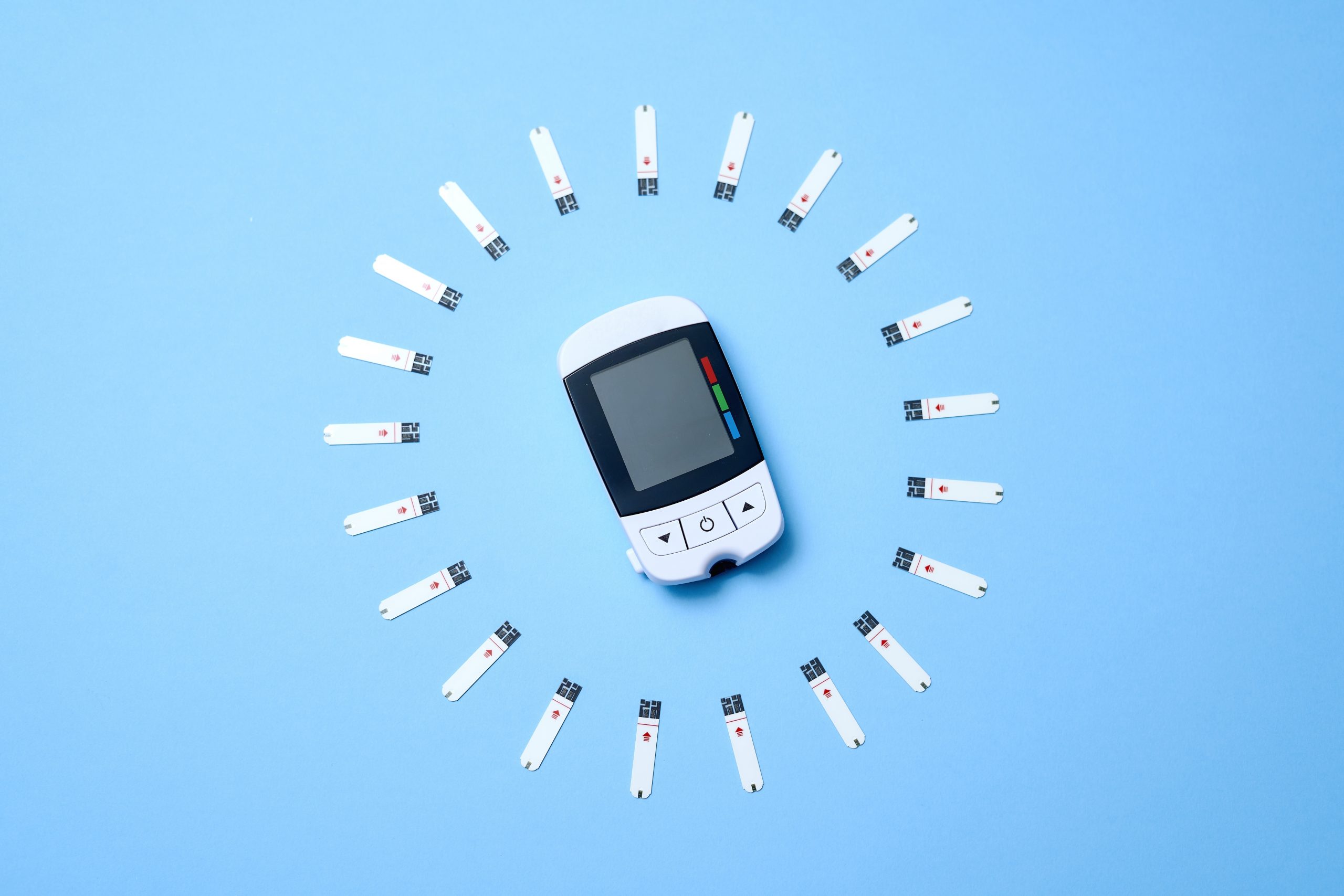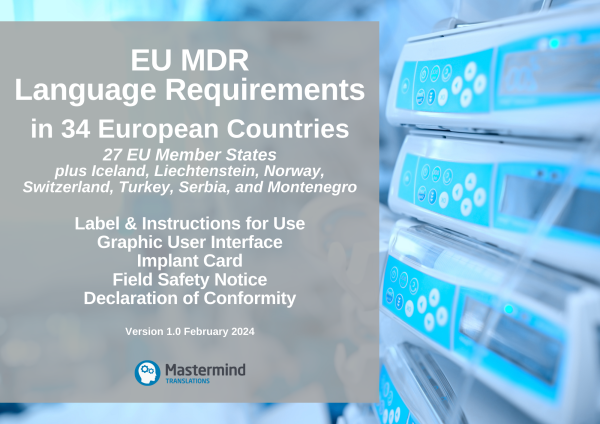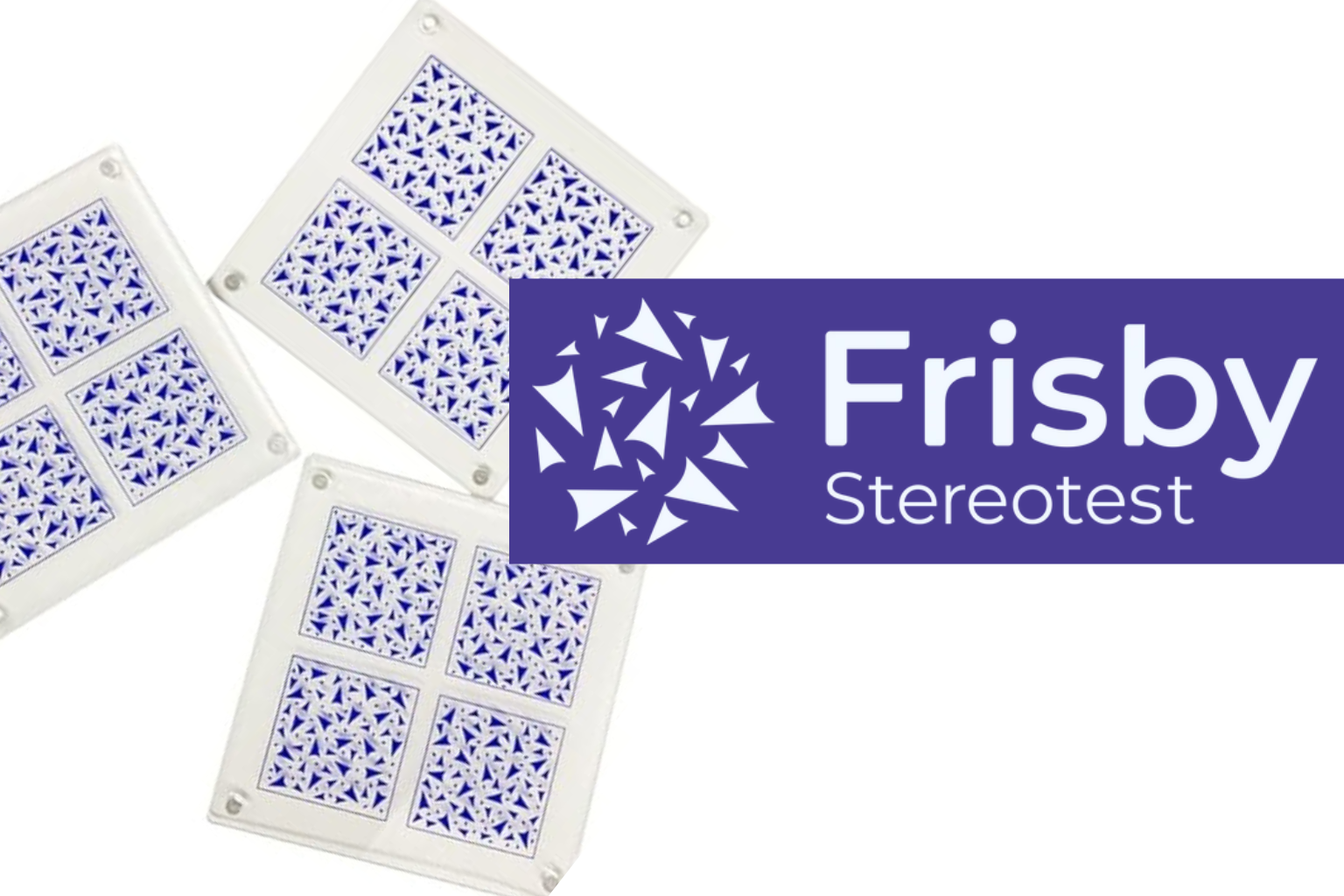The value of in vitro diagnostic medical devices resides in the quality of diagnostic data they provide. The EU IVDR 2017/746 states very clearly that an in vitro diagnostic medical device must be supplied with information in an official EU language(s) chosen by the Member State in which it is made available to the user or patient. However, it is less clear whether these translation rules also apply to text appearing on the device’s screen and in software that is a device in itself. In this article, we revisit the linguistic provisions under the IVDR, and focus specifically on the IVDR language requirements for screens and standalone software.
With as much as 70% of clinical decisions relying on in vitro testing, the value of diagnostic data provided by in vitro diagnostic medical devices (IVDs) is evident. Modern technologies have grown in complexity and enabled these data and other key performance and safety information to be displayed by means of text on a screen that is part of the IVD or, for standalone IVD software, wider hardware. In order to establish whether this text must be translated into EU languages, we should first have a good understanding of the EU IVDR language requirements for the information supplied with the device.
What are the EU IVDR language requirements?
The linguistic measures under the regulatory regime of the In Vitro Diagnostics Regulation (IVDR) 2017/76/EU derive from the EU’s fundamental principle of multilingualism. Equal access to information is central to the number-one priority of the EU: ensuring the health and safety of all its citizens.
In essence, Article 10.10 of the IVDR sets out that an IVD must be accompanied by information in an official EU language(s), and each EU Member State is responsible for selecting its language(s) at the national level. The contents of this information is defined in Annex I, Section 20 as ‘any safety and performance information relevant to the user or any other person, as appropriate’. It may appear on the device itself, on the packaging or in the instructions for use (IFU). Section 20.4 further specifies the particulars that must be included in the IFU. However, the IVDR has no separate language provision for the graphical user interface (GUI).
How to interpret these IVDR language requirements for screens and software?
Whether these language requirements extend to text appearing on a screen of the IVD or in standalone IVD software is one of the most common questions raised by IVD manufacturers. The answer will depend on the type of information this text includes.
As explained above, the IVDR language requirements apply to any safety and performance information which is relevant to the user, and such information may appear on the device itself, e.g. on a screen (as part of the IVD’s electronic programmable system) or in standalone IVD software (i.e. software qualifying under the EU IVDR as a medical device in itself, and known as MDSW in the EU or SaMD elsewhere) which, by its very nature of being in vitro diagnostics, is always used in combination with wider hardware. Based on this tenet, if an IVD provides information to the user by means of text displayed on its screen (monitor) or appearing in itself (for standalone software), and the contents of this information fall within the scope of Annex I Section 20, then this text is subject to the language requirements of Article 10.10. This means that this text must be translated into the languages specified for each national market of the EU.
More precisely, in its position paper on the IVDR language requirements for screens and software, MedTech Europe — the European trade association representing the medical technology industries — argues that text appearing on the screen of an IVD or in standalone IVD software has to satisfy the criterium of being instructions for use in order to trigger the applicability of Article 10.10. In other words, if the contents of text appearing on the screen or in standalone IVD software include particulars listed in Annex I Section 20.4, then this text is considered as instructions for use. Consequently, the IVDR language requirements apply to it, and therefore it must be translated into appropriate EU languages. For any text appearing on the screen of an IVD or in standalone IVD software that falls outside the scope of Annex I, Section 20.4, and is thus not considered as instructions for use, MedTech advises a risk analysis to establish whether this text contains any information necessary for the safe and proper use of the IVD. The outcome of this analysis will determine the applicability of the IVDR language requirements.
In summary, if the information delivered by means of text appearing on a screen of an IVD or in standalone IVD software (for software that are IVDs in themselves) has been found to be within the scope of Annex I Section 20.4 and/or to contain any safety and performance information necessary for the safe and proper use of the IVD, this text must be translated in the language(s) appropriate for the national markets of the EU where the IVD will be available to the user.
This interpretation aligns with the information on the language requirements published in January 2024 by the European Commission, which among other items, also addresses the language rules for the GUI.
How can translated text be provided for IVD screens and software?
There are generally two options for handling translated text to satisfy the IVDR language requirements for screens and software:
- • Software localisation
Translated text can replace the original text appearing on the screen of an IVD or in standalone IVD software. In the translation industry, this process is called localisation, or more precisely, software localisation, and involves adapting a digital experience for users of your IVD in national markets. It moves beyond basic translation, and often requires engineering changes to support multiple languages and writing conventions. The rich linguistic diversity of the European single market means a whole new host of potential challenges.
In brief, the 24 official EU languages fall into two distinct language families (the Indo-European family, and the non-Indo-European family, also known as the Finno-Ugric family), each with its own unique set of characteristics, such as alphabet (Latin, Greek or Cyrillic), diacritics (glyphs added to a letter) or text length. For this reason, in order to ensure a smooth, frictionless localisation process, IVD manufacturers must incorporate software internationalisation early in the development stage.
- • Inclusion in the IFU
Because software internationalisation and localisation are complex processes that should ideally be taken into consideration at the conceptual level, a more practical option for many IVD manufacturers to comply with the IVDR language requirements for screens and software is to include translated text in the IFU supplied with the IVD. This will allow the user to understand the relevant information displayed on the screen (whether this hardware is part of the IVD itself or not), thereby enabling safe and proper use of the IVD. Although most EU Member States do not define their national language requirements specifically for software, this solution is explicitly mentioned, accompanied by a varying number of conditions, by Estonia, Hungary, and Poland.
Which languages should the displayed text be translated into?
The fact that there are 24 official languages in the EU (or 26 languages if we consider the entire EEA) does not necessarily call for 24 (or 26) language versions for each IVD placed on the EU (or EEA) market that is subject to the IVDR language requirements for screens and software. Some EU Member States, such as Austria, Belgium and Cyprus, have waived their national language requirements for IVDs intended exclusively for professional use and accept English as the language for all or some of the information supplied with such IVDs. Understandably, this exemption does not apply to IVDs for self-testing which, as defined by Article 2(5) of the IVDR, are any devices ‘intended by the manufacturer to be used by lay persons’. A couple of EEA Member States, such as Denmark and Liechtenstein, also extend this reasoning to IVDs intended for near-patient testing (also known as point-of-care testing or POCT) which, in the meaning of Article 2(6) of the IVDR, are performed by a healthcare professional outside a laboratory environment. Therefore, for this type of IVDs, those EEA Member States accept only a version in their national language.
Where can we find more detailed information?
If you would like more detailed information on the IVDR language requirements for IVD screens and standalone software, including the GUI, please contact us directly.
Please note that the information provided in this article is for guidance only and does not constitute professional regulatory advice. In the case of specific questions related to regulatory compliance, we recommend seeking assistance from a QA/RA specialist or a relevant competent authority.







